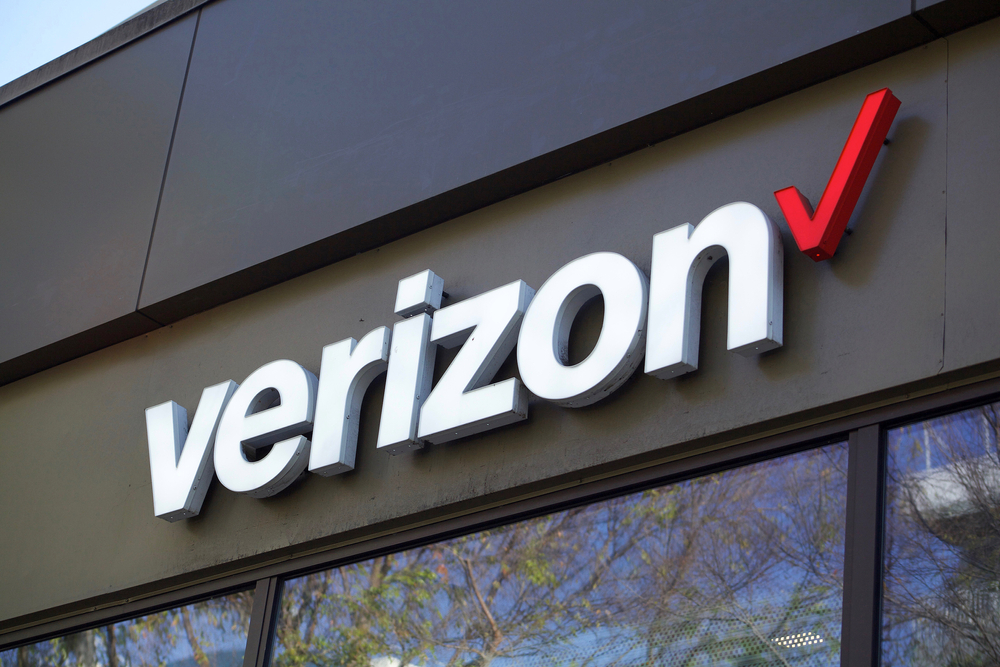WEDNESDAY WEALTH RECAP
- A famous painting by René Magritte called The Empire of Light was just auctioned for an astounding $79.7 million. Alexander Green shares how you can hang it on your wall for much less.
- “Even the best business in the world can be a terrible investment if you buy it at the wrong price“. Nicholas Vardy warns that investors betting on overpriced innovation stocks today should heed the lessons of the 2000 dot-com bust…
- Chief Income Strategist Marc Lichtenfeld is known around The Oxford Club as the dividend guy. So it may surprise you to learn that he’s also an advocate for bonds. This week, Marc shares why bonds are a useful way to generate income.
Editor’s Note: At Liberty Through Wealth, our mission is to help readers stay ahead of the investment curve as new innovations and technologies advance.
That’s why in today’s article, Engineering Strategist David Fessler, our friend at our sister e-letter Profit Trends, writes about how 5G networks are finally widely available throughout the U.S.
And this nationwide 5G coverage NEVER would have happened without a California tech firm’s patented device…
Right now, this company is trading for just $5.
But that won’t last long…
A watershed event expected to come around the end of March could send this stock soaring.
Click here for the urgent information.
– Madeline St.Clair, Assistant Managing Editor
After years of hype, 5G networks are finally available throughout much of the U.S.
T-Mobile (Nasdaq: TMUS) was the first to launch a 5G network, doing so in December 2019. And two months ago, with much fanfare, AT&T (NYSE: T) and Verizon (NYSE: VZ) followed suit.
So as of January, these three major wireless carriers all have their 5G networks in operation.
But 5G service varies widely between carriers. So let’s look at the differences between the three listed above.
5G for All
When T-Mobile first launched its 5G network more than two years ago, it was available in 5,000 towns and cities in the U.S. Today, the company claims its “Ultra Capacity 5G” reaches more than 210 million people across the U.S. T-Mobile also offers a wireless 5G home internet service in some areas.
T-Mobile’s 5G is designed to operate on the “mid-band” 5G spectrum, which is the 2.5-gigahertz frequency band. It acquired that band when it bought Sprint.
But Verizon’s and AT&T’s 5G networks use a different frequency band. Their 5G systems use newly available wavelengths in what’s known as the “C-band” spectrum. That band of carrier frequencies is between 3.7 and 3.98 gigahertz.
With these wavelengths, AT&T’s and Verizon’s 5G systems have several advantages over T-Mobile’s.
Their cellular signals can travel longer distances. And more importantly, they can handle far more data. This means their customers will have faster internet connections than T-Mobile’s customers will.
AT&T customers in areas with C-band coverage will see a “5G-plus” indicator on their phones’ cellular status bars. And over the next several years, AT&T will continue to expand its C-band market.
Meanwhile, Verizon calls its 5G C-band service “Ultra Wideband.” This service covers 1,700 cities, and more will be added this year. Users in covered areas are able to see a “5G UW” indicator on compatible phones.
In addition to faster smartphone speeds, 5G offers the promise of super-fast wireless home internet.
I mentioned that T-Mobile currently offers wireless home internet on its mid-band system. And Verizon has started to offer 5G wireless home internet on its C-band network. I expect AT&T will soon follow suit with a competitive offering of its own.
Right now, Verizon’s 5G home internet has limited availability. However, both its and AT&T’s future offerings should be faster, cheaper and more reliable alternatives to cable and fiber internet systems.
Prepare for Turbulence
It hasn’t been an easy ride for these phone carriers or their 5G networks, though.
The Federal Aviation Administration is concerned about AT&T’s and Verizon’s 5G C-band systems because they could possibly interfere with altitude meters used by commercial airlines.
To combat this, Verizon and AT&T have temporarily dropped the power levels of their 5G systems near some U.S. airports. Once the Federal Aviation Administration gives the “all clear,” both companies will bring power levels back up.
Verizon’s and AT&T’s 5G networks also won’t run on just any smartphone. Customers who want to access the faster C-band spectrums will need compatible devices. Currently, these include the iPhone 12, the iPhone 13 and phones in the Samsung Galaxy S21 line.
And these 5G networks didn’t come without a price. Both Verizon and AT&T had to pay dearly for their C-band spectrums. In December 2020, when the Federal Communications Commission auctioned off C-band spectrum, Verizon paid $45 billion for its bands and AT&T paid $23 billion.
But I’d say it was worth the money. C-band spectrums are perfect for 5G services. Compared with the 2.5-gigahertz band, C-band signals travel longer distances and go through buildings much more easily.
5G Is the Future
Both AT&T’s 5G-plus and Verizon’s Ultra Wideband are much faster than the 4G LTE systems used by most smartphones today. On average, 5G C-band systems are 10 times faster, hitting speeds of more than a gigabit per second.
With 5G, downloading a movie to a phone takes seconds as opposed to minutes. Sports fans in large stadiums are able to text and stream photos and videos.
5G is the future. And this future has finally arrived.
Smart investors who position themselves to profit as these networks continue to grow and expand are set to be richly rewarded.
Good investing,
Dave
P.S. Many of my readers ask me how they can best play the 5G rollout. Longtime readers know I’m a big fan of pick-and-shovel plays.
And one of my favorites is a small, little-known semiconductor company. Its chips and technology are integral parts of 5G home wireless routers.
Right now, this company is selling for peanuts. It’s the perfect time for savvy investors to pick up some shares.
